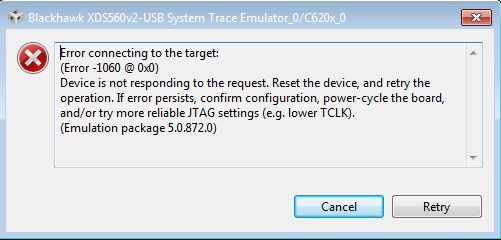I'm new to this whole world and want to connect an XDS-560v2 to a TMS320C6204 DSP device via JTAG but I don't see the option in Code Composer. I've seen this guide:
http://processors.wiki.ti.com/index.php/Target_Configuration_-_Custom_Configurations
but honestly have no idea what it is doing or how it came to the conclusion to use one thing over another.
Can anyone help me?


